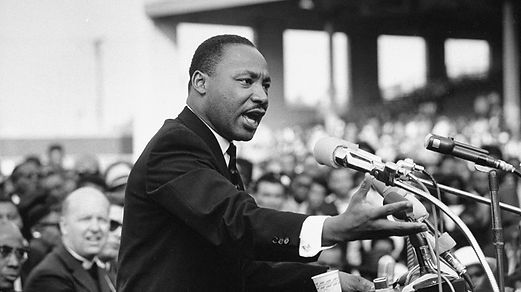FOSTERING GOODNESS
A Teachers’ Guide to Promoting Adolescent Moral Development
ACTIVITY THEMES

TOLERANCE
What it is: Tolerance involves demonstrating care and respect for all types of people.
Outcomes: Tolerance is particularly important for encouraging students to be kind and empathetic toward people who are not similar to them (Hernandez, 1993).
Why it works: Being tolerant requires individuals to recognize the human ties that unite all people.
MORAL ROLE MODELS
What it is: Present examples of people who exemplify moral attitudes and behavior.
Outcomes: Watching TV shows that depict people helping each other (such as “The Wild Thornberries” or “Drake and Josh”) can increase the viewer’s subsequent helpfulness, especially when watching the show is followed by a discussion of the helping behavior (see Mares & Woodard, 2005 for a review). Playing video games that depict these actions also increase helping behavior (Gentile et al., 2009). Individuals tend to be particularly affected by watching or listening to stories about people who demonstrate a spontaneous acts of kindness towards a stranger, such as a person pulling over their car to help an elderly person carry groceries into their home (Haidt, Algoe, Meijer, Tam, & Chandler, 2000).
Why it works: Observing others help others—whether it is in real-life or through the media—can help to establish that behavior as normal or ideal (Bandura, 1977a). In addition, observing kind acts can induce positive emotions that make people more likely to help others (Haidt et al., 2000).
How to apply it: Share and discuss news stories, video clips, and personal stories about people who demonstrate moral behavior. For example, video clips of people exhibiting moral courage can be found at this website: https://www.youtube.com/user/MoralCourageChannel, and short stories about people displaying kindness towards others can be found at this website: http://www.sunnyskyz.com/feel-good-stories. Next, bring attention to moral exemplars within course content—such as Martin Luther King Junior—and discuss how their behavior helped others. Finally, point out people in the school who display moral characteristics.



Updated 2015
How to apply it:
-
Incorporate content featuring people with different backgrounds and perspectives. For example assign literary fiction books (rather than nonfiction or pop-fiction; Kidd & Castano, 2013), or reflections that describe the experiences of people from different countries or time periods.
-
Present activities where students put themselves in others’ shoes. For example, read a paragraph about a homeless man and ask students to imagine what the person thinks and feels about what has happened to him and how it has affected his life (see Myers & Hodges, 2013, for a description of this specific activity, which was shown to increase perspective-taking and empathy among adolescents).
-
Assign students to interview people about their perspectives on a controversial issue, then reflect on why people might hold these different viewpoints.
-
Discuss how people from diverse backgrounds may have different experiences, and how those experiences influence their worldviews.
-
Visit this website to view various types of activities that can be used to foster tolerance in the classroom for students of various ages: http://www.tolerance.org/classroom-resources.